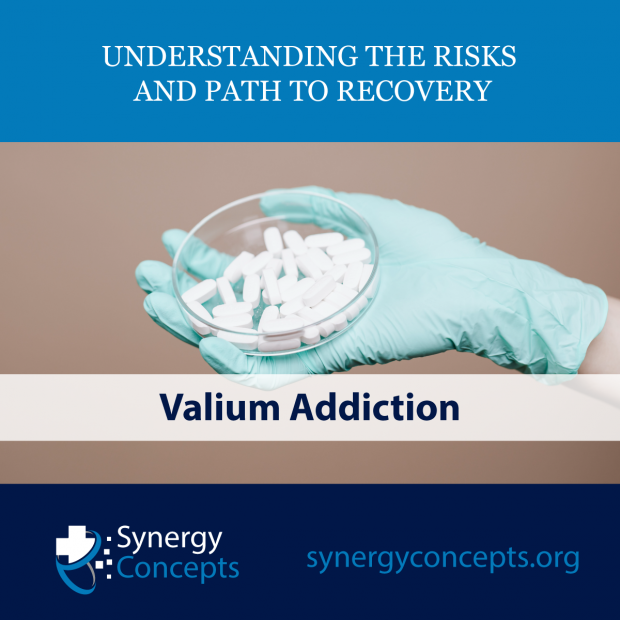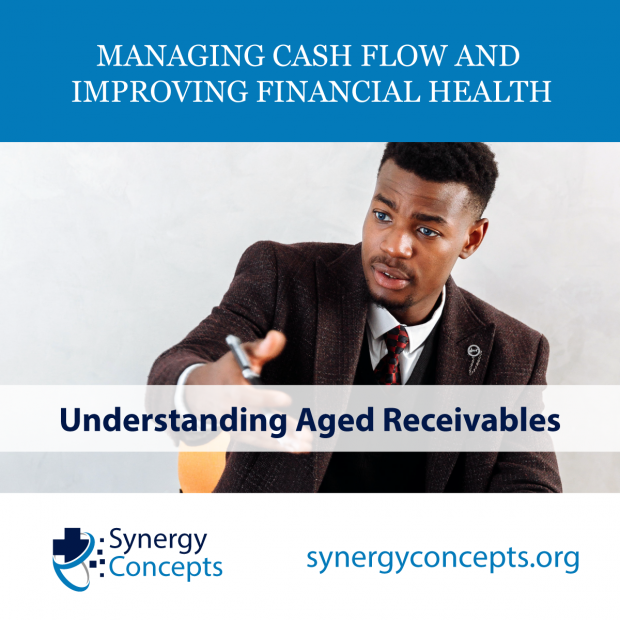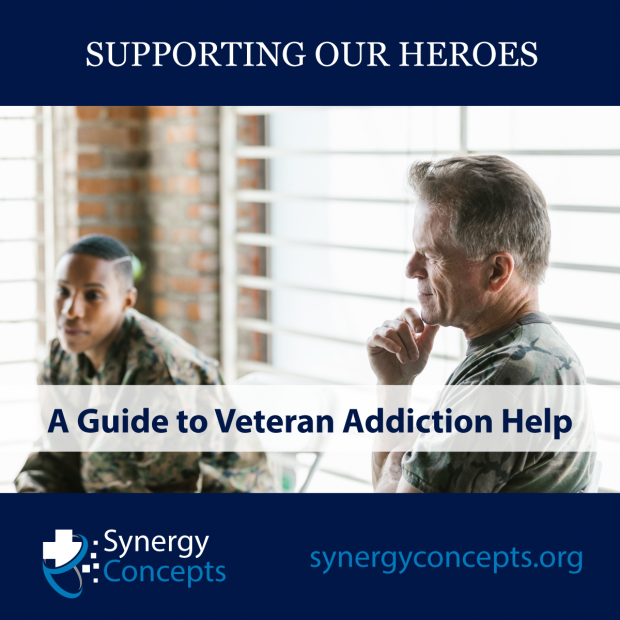Xanax, Xanax XR, and Niravam are the brand names of a drug called alprazolam. Alprazolam is highly addictive and commonly prescribed to treat anxiety disorders, panic disorders, and anxiety caused by depression. It belongs to a class of drugs called benzodiazepines.
Many doctors prescribe Xanax to treat:
- stress
- generalized anxiety
- panic disorder
Xanax is also used illegally for substance abuse. There are ways to approach the addiction, and ways to treat it.
- Common side effects
- Dependence vs. addiction
- Signs of addiction
- How to recognize addiction in others
- What to do if a loved one is struggling
- Where to start if you or a loved one wants help
- Treatment center
- Detox
- Treatment
- Outlook
- How to avoid relapse
What are the side effects of using Xanax?
In the short term, Xanax relaxes the muscles and eases restlessness and anxiety.
Other common side effects include:
Mood:
- relaxation
- euphoria
- mood swings or irritability
Behavioral:
- loss of interest in sex
Physical:
- dizziness
- dry mouth
- erectile dysfunction
- fatigue
- nausea
- vomiting
- poor coordination
- seizures
- shortness of breath
- slurred speech
- tremors
Psychological:
- lack of focus
- confusion
- memory problems
- lack of inhibition
It can also cause “rebound” symptoms. This occurs when the symptoms you’re taking Xanax to treat reappear in greater severity if you stop taking the medication.
Like other benzodiazepines, Xanax impairs driving ability. It’s also associated with an increased risk of falls, broken bones, and traffic accidents.
Dependence or Addiction?
Dependence and addiction are not the same.
Drug dependence refers to a physical state in which your body is dependent on the drug. With drug dependence, you need more and more of the substance to achieve the same effect, also called tolerance. You experience mental and physical effects, or withdrawal if you stop taking the drug.
When you have an addiction, you can’t stop using a drug, regardless of any negative consequences. Addiction can occur with or without physical dependence on the drug. However, physical dependence is a common feature of addiction.
What Causes Addiction?
There is not just one right answer. An addiction to a substance can be environmental or from life experiences, such as peer pressure. Other causes can be related to your genetics. Drug use can change your brain chemistry, which can affect how you experience pleasure. All of these factors can make it difficult to stop using the drug once you’ve started.
What Are Some Signs of Addiction?
There are some common signs of addiction, regardless of the substance used. General warning signs you may have an addiction include the following:
- You use or want to use the drug on a regular basis.
- There’s an urge to use that’s so intense it’s difficult to focus on anything else.
- Addicts need to use more of the drug to achieve the same “high” (tolerance).
- You take more and more of the drug or take the drug for longer periods of time than intended.
- Addicts will keep a supply of the drug on hand.
- Money is spent to obtain the drug, even when money is tight.
- You develop dangerous behaviors to obtain the drug, such as stealing or violence.
- Addicts engage in risky behaviors while under the drug’s influence, such as having unprotected sex or driving a car.
- You use the drug in spite of its associated difficulties, risks, and problems.
- A lot of time is spent obtaining the drug, using it, and recovering from its effects.
- You try and fail to stop using the drug.
- You experience symptoms of withdrawal once you stop using the drug.
How to recognize addiction in others
Loved ones might try to conceal the addiction from you. You might wonder if it’s drugs or something different, such as a demanding job or a stressful life change.
The following are common signs of addiction:
- Mood changes. He or she may seem irritable or experience depression or anxiety.
- Changes in behavior. He or she may act secretive or aggressive.
- Changes in appearance. He or she may have recently lost or gained weight.
- Health issues. He or she may sleep a lot, appear sluggish, or have nausea, vomiting, or headaches.
- Social changes. He or she may withdraw from their usual social activities and have relationship difficulties.
- Poor grades or work performance. He or she may have a lack of interest or attendance in school or work and receive poor grades or reviews.
- Money troubles. He or she may have problems paying bills or other money issues, often without a logical reason.
What Should You Do If You Think a Loved One Has an Addiction?
The first step is to identify any misconceptions you might have about addiction. Remember that chronic drug use changes the brain. This can make it more and more difficult to stop taking the drug.
Learn more about the risks and side effects of substance use disorders, including the signs of intoxication and overdose. Look into treatment options you can suggest to your loved one.
Think carefully about how best to share your concerns. If you’re thinking about staging an intervention, remember that it might not result in a positive outcome.
Although an intervention may encourage your loved one to seek treatment, it can also have the opposite effect. Confrontation-style interventions may lead to shame, anger, or social withdrawal. In some cases, a nonthreatening conversation is a better option.
Be prepared for every possible outcome. Your loved one might refuse to admit they take drugs at all or refuse to undergo treatment. If that happens, you may find it helpful to seek out further resources or find a support group for family members or friends of people living with addiction.
Where To Start to Reach Help with Addiction
Asking for help is an important first step. If you or your loved one are ready to get treatment, it may be helpful to reach out to a supportive friend or family member for support.
You can also start by making a doctor’s appointment. Your doctor can assess your overall health by performing a physical exam. They can also answer any questions you have about Xanax use and, if needed, refer you to a treatment center.
How to Find a Treatment Center
Ask your doctor or another health professional for a recommendation. You can also search for a treatment center close to where you live with the Behavioral Health Treatment Services Locator. It’s a free online tool provided by the Substance Abuse and Mental Health Services Administration (SAMHSA).
What Can You Expect From Detox
Symptoms of Xanax withdrawal are more severe than symptoms of other benzodiazepines. Withdrawal can occur after taking the drug for as little as one week.
Xanax withdrawal symptoms can include:
- aches and pains
- aggression
- anxiety
- blurred vision
- dizziness
- headaches
- hypersensitivity to light and sound
- insomnia
- irritability and mood swings
- nausea
- vomiting
- numbness and tingling in the hands, feet, or face
- tremors
- tense muscles
- nightmares
- depression
- paranoia
- suicidal thoughts
- difficulty breathing
Detoxification Process
Detoxification (detox) is a process aimed at helping you safely stop taking Xanax while minimizing and managing your withdrawal symptoms. Detox is usually done in a hospital or rehabilitation facility under medical supervision.
In many cases, Xanax use is discontinued over time. It may be swapped for another longer-acting benzodiazepine. In both cases, you take less and less of the drug until it’s out of your system. This process is called tapering and can take up to six weeks. In some cases, it can take longer. Your doctor might also prescribe other medications to ease your withdrawal symptoms.
What to Expect From Treatment
The goal of treatment is avoiding Xanax use over the long term. Treatment may also address other underlying conditions, such as anxiety or depression.
There are several treatment options available for Xanax addiction. Often, more than one is used at the same time. Your treatment plan may include the following:
- Therapy
- Medication
Therapy
Cognitive-behavioral therapy (CBT) is the most common form of therapy for benzodiazepine addiction. CBT addresses the learning processes underlying substance use disorders. It involves working with a therapist to develop a set of healthy coping strategies.
Research has shown that when used alongside tapering, CBT is effective in reducing benzodiazepine use over a three-month period.
Other common behavioral therapies include:
- self-control training
- cue exposure
- individual counseling
- marital or family counseling
- education
- support groups
Medication
The detox period for Xanax could be longer than the detox period for other drugs. This happens because the drug dose has to be tapered slowly over time. As a result, detox often overlaps with other forms of treatment.
Once you’ve stopped taking Xanax or other benzodiazepines, there’s no additional medication to take. You might be prescribed other medication to treat depression, anxiety, or a sleep disorder.
What’s the Outlook for Xanax Addiction Treatment?
Xanax addiction is a treatable condition. Although treatment outcomes are comparable to that of other chronic conditions, recovery is an ongoing process that can take time.
Patience, kindness, and forgiveness are critical. Do not be afraid to reach out for help if you need it. Your doctor can help you find support resources in your area.
Tips to Reduce Your Risk of Relapse
Relapse is part of the recovery process. Practicing relapse prevention and management can improve your recovery outlook in the long term.
These tips can help you lower your risk of relapse over time:
- Identify and avoid drug triggers, such as places, people, or objects.
- Build a supportive network of family members, friends, and healthcare providers.
- Participate in fulfilling activities or work.
- Adopt healthy habits, including regular physical activity, a balanced diet, and good sleep habits.
- Put self-care first, especially when it comes to your mental health.
- Change the way you think.
- Develop a healthy self-image.
- Plan for the future.
These extra steps may also reduce your risk of relapse:
- treatment for other health conditions
- seeing a counselor on a regular basis
- adopting mindfulness techniques, such as meditation
Are you an Addiction Treatment Facility?
Synergy Concepts would love to sit down and talk with you about how to help you focus on your patients and their treatment of Xanax addiction. Let us handle the billing so you can focus on your patients. Contact us today.













Leave a Reply